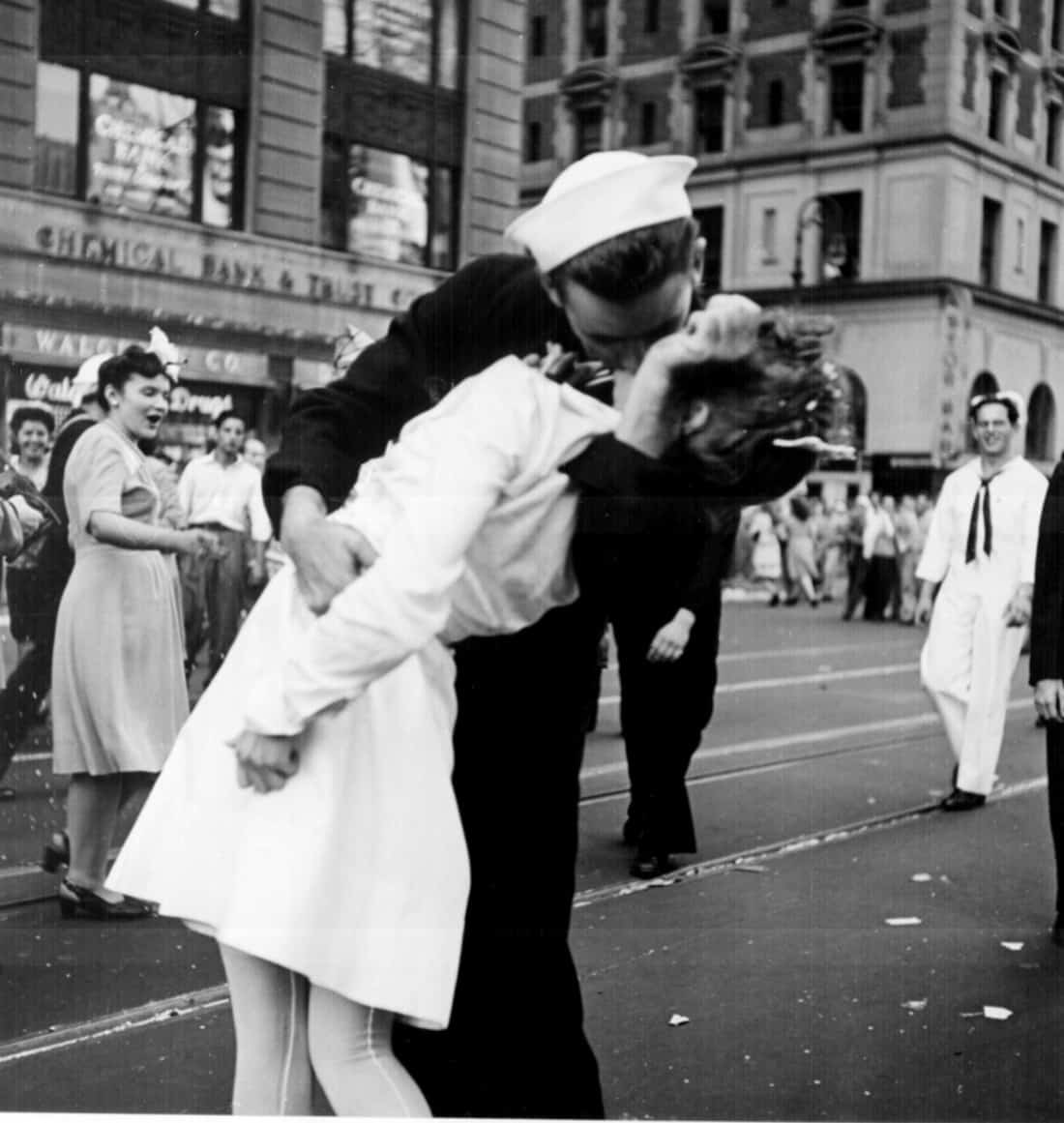Excitement About Framing Streets
Excitement About Framing Streets
Blog Article
Framing Streets - Questions
Table of ContentsThe Of Framing StreetsThings about Framing StreetsThe Basic Principles Of Framing Streets Framing Streets - An OverviewAll About Framing StreetsSome Known Details About Framing Streets
Digital photography category "Crufts Pet dog Program 1968" by Tony Ray-Jones Street digital photography (also in some cases called honest digital photography) is digital photography carried out for art or query that includes unmediated opportunity encounters and random events within public places, usually with the aim of capturing photos at a definitive or poignant minute by mindful framing and timing. 
What Does Framing Streets Mean?
Susan Sontag, 1977 Road photography can focus on individuals and their actions in public. In this respect, the road professional photographer resembles social documentary photographers or photographers who also function in public areas, however with the objective of recording newsworthy events. Any of these professional photographers' pictures might catch people and property noticeable within or from public places, which usually requires browsing ethical problems and legislations of personal privacy, security, and home.
Depictions of everyday public life form a genre in almost every duration of globe art, starting in the pre-historic, Sumerian, Egyptian and very early Buddhist art periods. Art handling the life of the road, whether within views of cityscapes, or as the leading motif, shows up in the West in the canon of the North Renaissance, Baroque, Rococo, of Romanticism, Realistic look, Impressionism and Post-Impressionism.
Unknown Facts About Framing Streets
Louis Daguerre: "Blvd du Holy place" (1838 or 1839) In 1838 or 1839 the initial photo of figures in the road was recorded by Louis-Jacques-Mand Daguerre in among a pair of daguerreotype views drawn from his workshop home window of the Boulevard du Temple in Paris. The second, made at the height of the day, reveals an uninhabited stretch of street, while the other was taken at concerning 8:00 am, and as Beaumont Newhall reports, "The Blvd, so regularly loaded with a moving crowd of pedestrians and carriages was perfectly singular, except a person that was having his boots cleaned.
, that was influenced to carry out a similar documentation of New York City. As the city established, Atget assisted to promote Parisian roads as a deserving topic for digital photography.

Unknown Facts About Framing Streets
Martin is the first taped photographer to do so in London with a disguised electronic camera. Mass-Observation was a social study organisation started in 1937 which intended to record daily life in Britain and to record the reactions of the 'man-in-the-street' to King Edward VIII's abdication in 1936 to marry divorce Wallis Simpson, and the succession of George VI. In between 1946 and 1957 Le Groupe des XV every year showed job of this kind. Andre Kertesz. Circus, Budapest, 19 May 1920 Street photography developed the significant web content of two exhibits at the Museum of Modern Art (Mo, MA) in New york city curated by Edward Steichen, 5 French Photographers: Brassai; Cartier-Bresson, Doisneau, Ronis, Izis in 1951 to 1952, and Post-war European Photography in 1953, which exported the concept of road photography worldwide.

Top Guidelines Of Framing Streets
, after that a teacher of young youngsters, associated with Evans in 193839.'s 1958 book,, was significant; raw and commonly out of focus, Frank's images examined conventional digital photography of the time, "tested all the formal regulations laid down by Henri Cartier-Bresson and Walker Evans" and "flew in the face of the wholesome pictorialism and wholehearted photojournalism of American publications like LIFE and Time".
Report this page